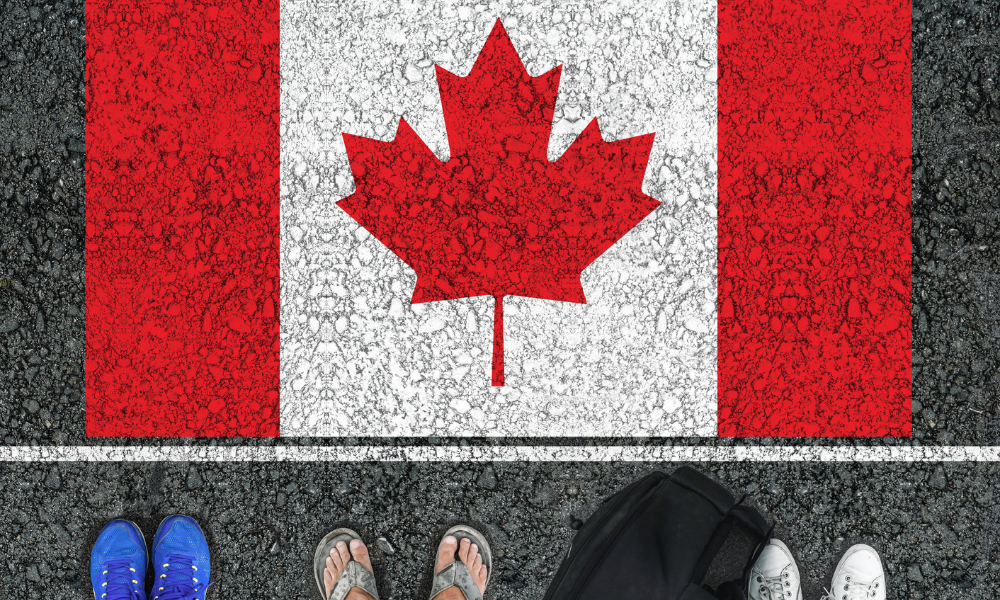Minister of immigration announces reductions in immigration targets to ease pressure on housing and services in 2025–2026

Marc Miller, minister of immigration, Refugees and Citizenship, announced the 2025–2027 Immigration Levels Plan, which introduces a temporary pause in population growth to ensure sustainable, well-managed long-term growth.
The plan, for the first time, sets controlled targets for international students, foreign workers, and permanent residents.
Immigration has played a crucial role in Canada’s economic recovery following the pandemic. Businesses faced a worker shortage, and to address this, the government took measures to attract skilled international talent.
This influx helped prevent a potential recession and contributed to a faster recovery by supporting the workforce.
The 2025–2027 Immigration Levels Plan aims to relieve ongoing pressures on housing, infrastructure, and social services while positioning the country for long-term economic and social prosperity.
This approach balances welcoming newcomers with preserving the integrity of immigration programs, ensuring success for all.
The plan predicts a small population decrease of 0.2 percent in both 2025 and 2026 before returning to growth, reaching 0.8 percent in 2027.
These forecasts are based on the reduced immigration targets for the next two years and anticipated outflows of temporary residents, combined with natural population loss and other factors.
This year’s plan responds to feedback from Canadians, resulting in reduced permanent resident targets.
Miller confirmed that permanent resident admissions will be reduced from 500,000 to 395,000 in 2025, further decreasing to 380,000 in 2026, and setting a target of 365,000 for 2027.
In addition to these reductions, the plan aims to limit temporary residents to 5 percent of Canada’s population by the end of 2026.
Due to policies introduced earlier in the year, such as a cap on international students and stricter requirements for temporary foreign workers, Canada’s temporary population will decline in the coming years.
By 2025, there will be 445,901 fewer temporary residents, 445,662 fewer in 2026, followed by a slight increase of 17,439 in 2027.
These changes are designed to manage volume while maintaining the quality and integrity of temporary resident programs, with the long-term goal of attracting top talent.
One of the key components of the 2025–2027 Immigration Levels Plan is transitioning more temporary residents already in Canada, such as students and workers, to permanent residency.
These residents, who will make up over 40 percent of permanent admissions in 2025, are already integrated into Canadian society. With established housing and employment, they will continue to contribute to the workforce without increasing demands on social services.
The plan also emphasizes long-term economic growth by focusing on key labour market sectors such as health and trades. By 2027, economic class permanent resident admissions will represent 61.7 percent of the total.
Additionally, the plan seeks to bolster Francophone communities outside Quebec by increasing Francophone immigration to 8.5 percent of total admissions in 2025, 9.5 percent in 2026, and 10 percent in 2027.
Miller highlighted the importance of these changes, stating, “[The] announcement is the next step in our plan to address the evolving immigration needs of our country. While it’s clear our economy needs newcomers, we see the pressures facing our country, and we must adapt our policies accordingly.”
He emphasized that the government has listened to Canadians and will protect the integrity of the immigration system, ensuring that everyone has access to jobs, homes, and support to thrive.
Through these adjustments, the plan ensures that provinces, territories, and other stakeholders can align their capacities and encourage institutions to play their part in welcoming newcomers.
The goal is to achieve population growth at a sustainable pace, ensuring access to well-paying jobs, affordable homes, and necessary social services for all, including newcomers.



